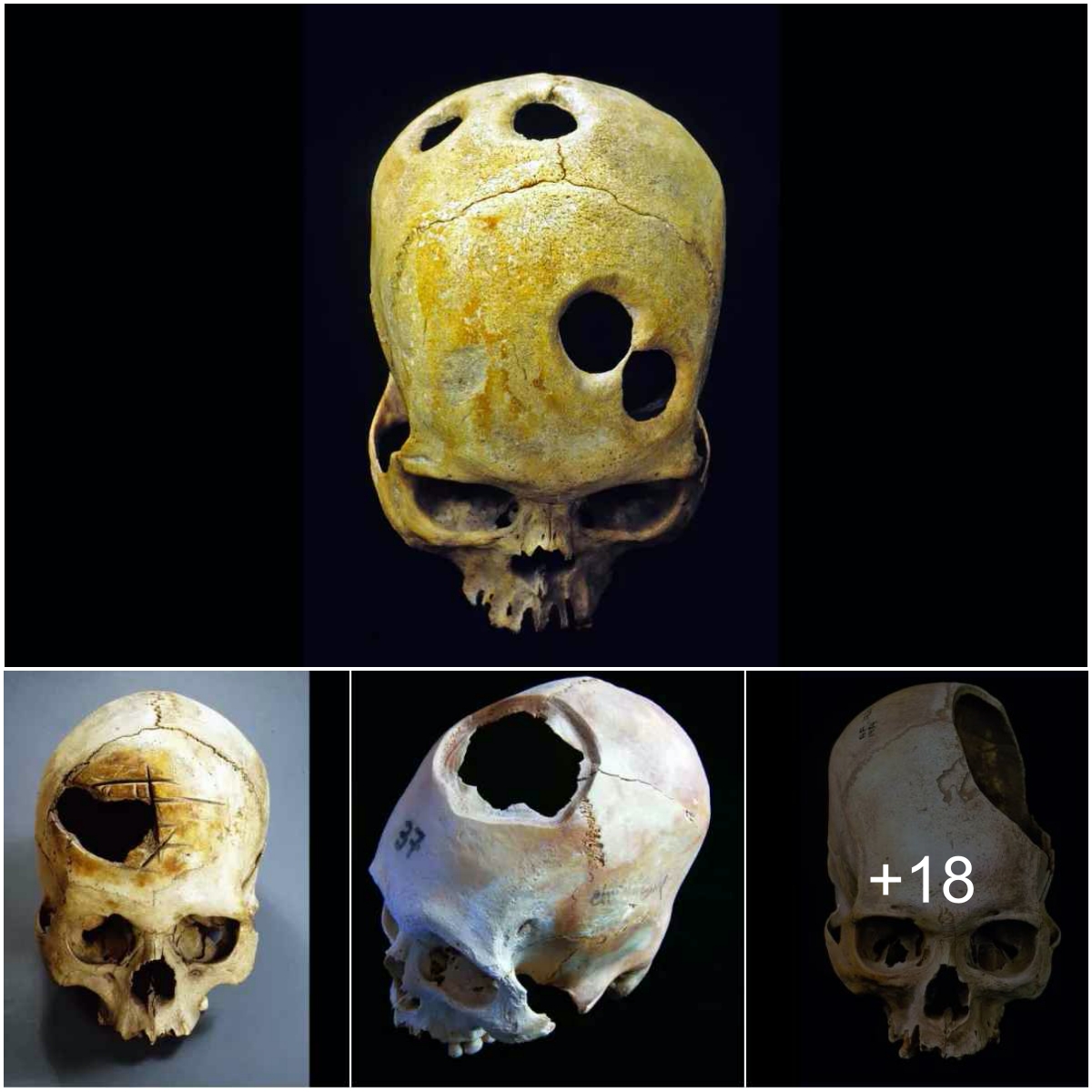
More than 12,000 years ago, the first inhabitants of present-day eastern Wyoming came across a fruitful deposit of hematite, or red ocher, and began digging out the valuable, blood-red mineral using animal bones and antlers.
Now, new research suggests that this prehistoric quarry is the oldest documented mine of its kind in all of North and South America. The site, named Powars II, is also likely the oldest known mine of any kind on the continent, according to a study published this month in the Proceedings of the National Academy of Sciences.
Archaeologists have been studying the mine, located in the town of Sunrise in Wyoming’s Platte County, since 1986, but these most recent revelations stem from a 2017-2020 excavation that involved digging a 6-by-1-meter trench that bisected a previously unexplored section of the quarry. Underground, researchers uncovered more than 1,200 artifacts, animal bones and antlers used at the mine by the Paleoindian people who lived in North America at the time. They used radiocarbon dating techniques to analyze 13 animal bones and determine that people began excavating the site 12,840 years ago.
“Beyond its status as a quarry, the Powars II artifact assemblage is itself one of the densest and most diverse of any thus far discovered in the early Paleoindian record of the Americas,” Spencer Pelton, Wyoming’s state archaeologist and one of the study’s authors, says in a statement.

During the Paleoindian Period, which lasted from about 30,000 years ago to around 9,000 years ago, groups of hunter-gatherers migrated to North and South America. These early Native American people were nomadic and hunted large animals using hand-made spears and other stone tools.
They also quarried red ocher, which served an array of important functions throughout ancient history. People used the richly pigmented substance to repel bugs, protect themselves against the sun, heal maladies, stick things together, tan hides and paint on cave walls, to name a few.
“Its vibrant color and ability to adhere to surfaces—including the human body—make it an ideal crayon or paint base,” April Nowell, an archaeologist at the University of Victoria who was not involved in the study, told Live Science’s Laura Geggel in 2018.
The Powars II site in Wyoming is significant because it’s the only known red ocher quarry archaeologists have discovered north of Mesoamerica, or what is today southern Mexico. Archaeologists have only found four others in all of the Americas, per the researchers.

It also offers a window into the lives of the continent’s Paleoindian residents: Archaeologists encountered more than 30 stone tools per square meter at the quarry and found some of the oldest remains of canids—dog-like animals—in America. They also found spear tips that came from as far away as what is now Texas, suggesting that red ocher found at other archaeological sites on the North American Great Plains may have come from Powars II.
“Red paint is the oldest form of symbolic expression,” Pelton tells the Casper Star-Tribune’s Maya Shimizu Harris. “But there’s just not much red pigment in America.”
Researchers believe Paleoindian people used the quarry during two distinct periods. The first period, called the Clovis and Plainview occupations, started 12,840 years ago and involved not only mining the red ocher but also making and repairing weapons at the site. A century or so later, during the Hell Gap occupation, Paleoindian people returned to the site and once again dug up red ocher. During this second wave, people also dumped artifacts into the quarry pit, the researchers believe.
To this day, mining continues to be a major industry for Wyoming, with crews digging up everything from coal to uranium to soda ash. When it comes to the Cowboy State’s rich geological deposits, the Paleoindian people who lived and mined here got a nearly 13,000-year head start.





